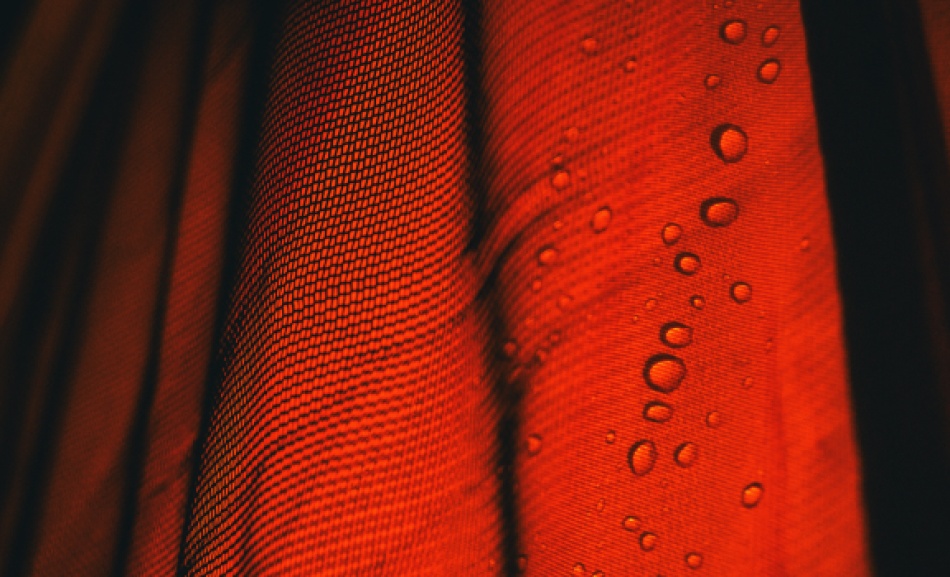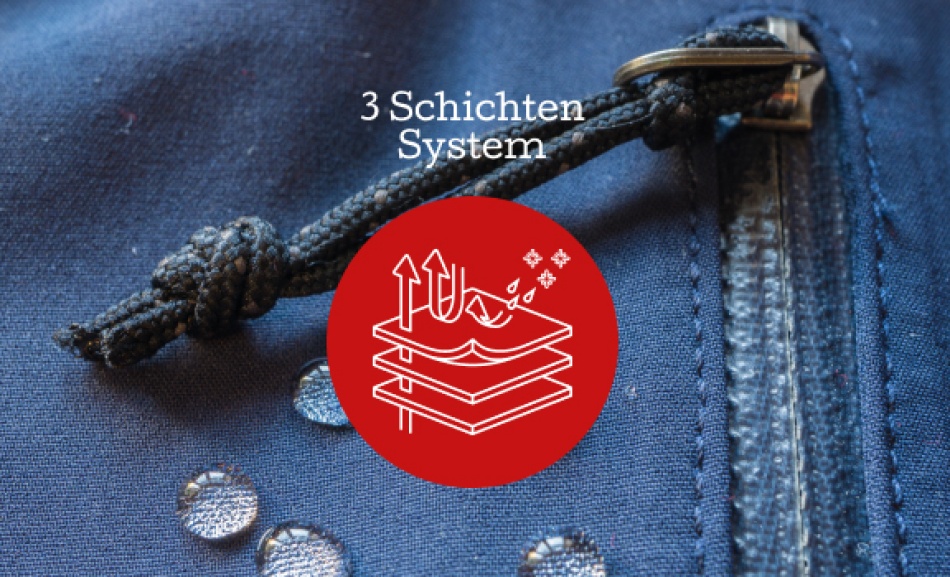When you do outdoor sports, you need to protect yourself from the elements (rain, wind, snow, cold temperatures, etc.) by considering good moisture management. A 3-layer system allows you to choose the right clothing depending on the weather conditions and the sport you are doing. Three layers of clothing keep you dry and warm: a base layer to wick moisture away from your skin. A mid-layer to keep you warm. And outerwear as an outer layer that protects you from the elements.
Breathable base layers wick moisture away from the skin
The job of a base layer that you wear directly on your skin is to wick sweat away from your skin so that you stay dry.
For any sporting activity, you need a base layer that wicks moisture away from your skin. So forget your usual cotton shirt, because it absorbs the moisture itself and takes a long time to dry again!
Synthetic fibers such as polyester or polyamide are water-repellent: they do not absorb moisture. Instead, it is transported to the outside of the clothing - away from your skin.When you wear a T-shirt made of such synthetic fibers, your body can regulate its temperature without you getting cold.These materials also dry very quickly.
There are also base layers made of merino wool. Wool absorbs up to 33% of its weight as water - so why do we use it for base layers? This absorbent material ensures that sweat no longer comes into contact with your skin.
Insulating midlayers keep you warm.
A midlayer protects you from the cold by storing the heat that your body generates.The ability of the fibers to trap air makes them an insulating layer and the more air that is trapped, the more body heat is stored.
This is how you adapt your midlayer to your heat requirements:
- High outside temperatures or long-lasting activity: In such conditions, you can basically leave out the midlayer. Just be sure to pack a warm layer in your pack to be safe.
- Cool conditions: A fleece shirt is ideal as it combines warmth with good moisture wicking. Lightweight jackets with synthetic insulation are also useful as they keep you warm.
- Cold conditions: Thick down jackets are excellent mid-layers in really cold temperatures. Such jackets are lightweight and compressible (useful if you want them to fit in your pack).
Waterproof or waterproof outerwear protects you from the elements
When the topic of “weather protection” comes to mind, GORE-TEX jackets immediately spring to mind - but there are other waterproof and breathable membranes. In order to compare their water resistance, the "water column" is given in millimeters: It is measured how high the water column (in a measuring cylinder open at the bottom) can be if the material can just withstand the water pressure. GORE-TEX jackets, for example, are specified with a water column of 28,000 mm.
The breathability of a membrane is measured in g/m2/24 h (evaporated water in grams per square meter per day). Some jackets have zipped ventilation openings to remove moisture even better. For an extra portion of wind protection without sacrificing breathability, the so-called "Windstopper" membrane is used for some items of clothing.
Water-repellent clothing, also called softshell, is particularly elastic and feels comfortable to wear. It is breathable - the sweat you produce when you exert yourself is wicked away. If the weather conditions worsen, the water-repellent finish on the surface of the material (in some cases the entire membrane) is enough to protect you from light rain, a short rain shower or even a snow shower.
You will find the perfect selection in the numerous sports shops in Obertauern. Your ski instructor will also be happy to help you. You can find information for your ski instructor here.



















